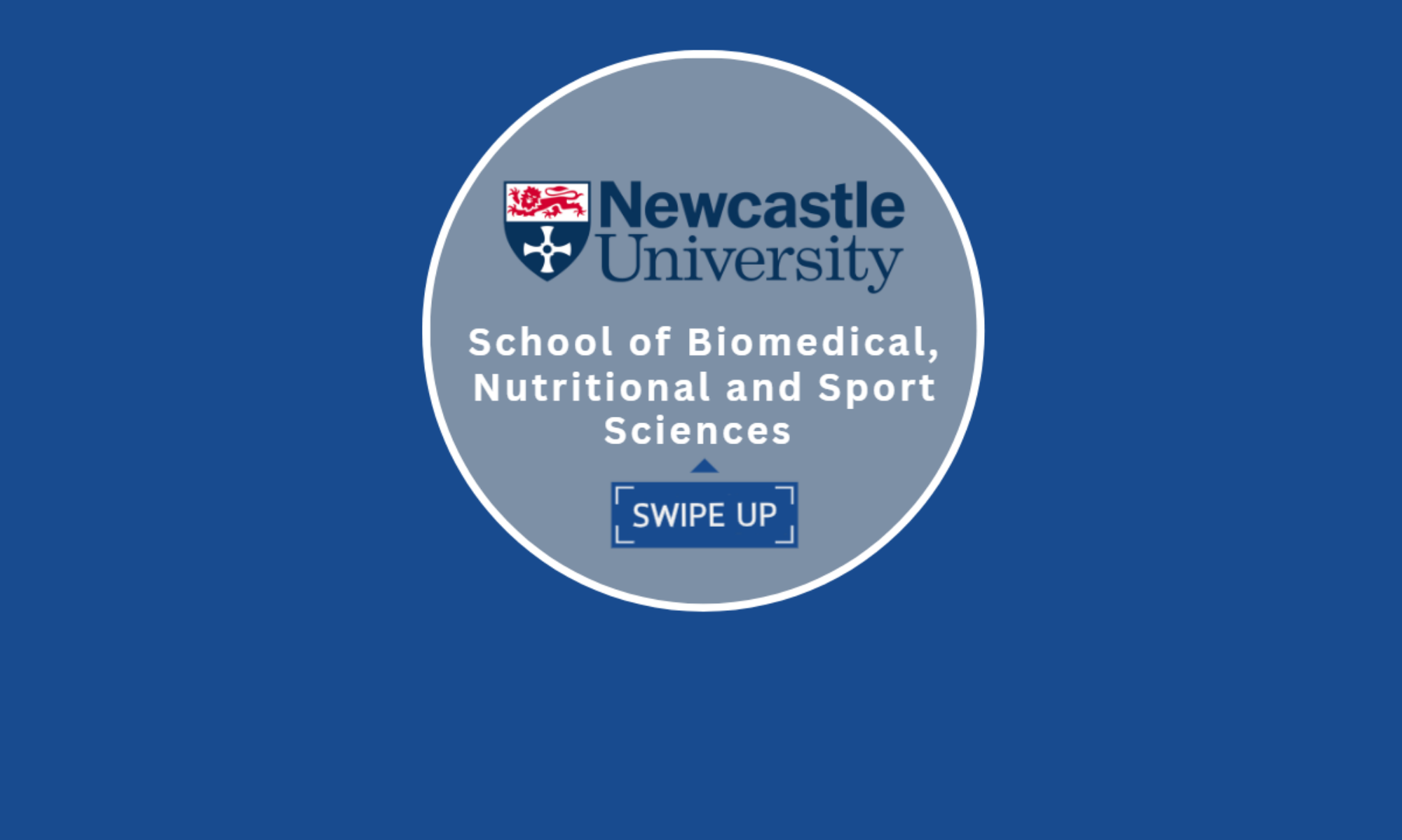We recently asked our students to submit entries detailing the work of inspirational female scientists as part of a blog competition for International Women’s Day. We are delighted to share all of the entries below – choosing the top two was not an easy decision, so congratulations to all writers!
Ada Lovelace – by Olivia Rowe, 3rd year MSci Biochemistry (1st prize)
What does it mean to be a woman?
For centuries, women have been objectified and designated ‘The Second Sex’. Lord Byron’s 19th century poem ‘She Walks In Beauty’ is a prime example, where he describes his female subject to be as provocative as ‘starry skies’ on a clear night.
Ada Lovelace, daughter of Lord Byron, defies all expectations of what femininity would look like in the 19th century. Termed the “enchantress of numbers” by mathematician and inventor Charles Babbage, Ada’s work in the computer science field highlighted that women would no longer stand to be second to men.
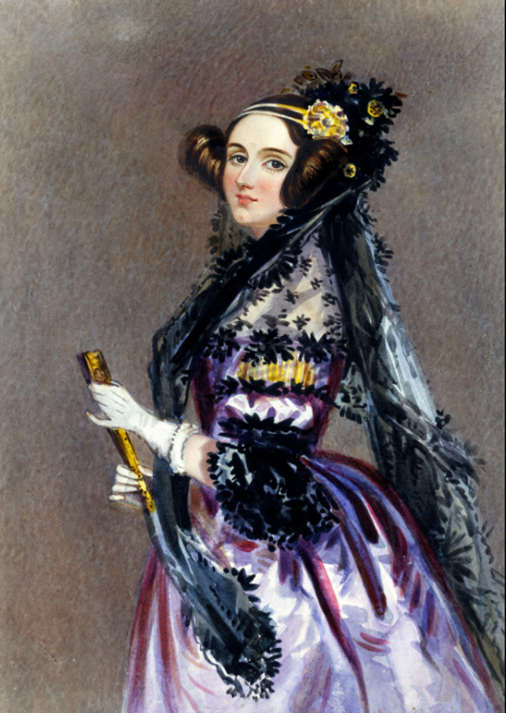
Ada made her mark when she published a translation article on the Analytical Engine, containing what some believe to be the first computer program. Ada’s vision of this Analytical Engine extended past its potential to revolutionise the field of mathematics, but to how it could even transform how music is composed.
The gender imbalance within computer science is as significant now as in the 19th century. Of those applying for computer science courses through UCAS in 2019, just 19% were female.
It makes me wonder if women were not viewed as ‘The Second Sex’, would society have progressed to greater things by now? Would we be living on Mars? Would there be a cure for cancer?
We must now encourage our daughters, sisters, and friends that anything is possible, regardless of gender.
Ada Lovelace Day, celebrated yearly on the second Tuesday in October, is a chance to do exactly this.
Mary Guinan – by Sarah Richardson, 3rd year BSc Food and Human Nutrition (2nd prize)
The first woman to become Chief Scientific Advisor to the Director of the Centers for Disease Control and Prevention (CDC), Dr Mary Guinan, fought an uphill battle for several years to be allowed to study and work within epidemiology.
Following graduation, she began training in the Epidemic Intelligence Service of the CDC. She was initially prohibited from working towards smallpox eradication by the Indian Government. However, after threatening to write to the Prime Minister of India, Indira Gandhi, she was accepted to the eradication programme.
In less than five months, the region Dr Guinan worked in was deemed smallpox-free.
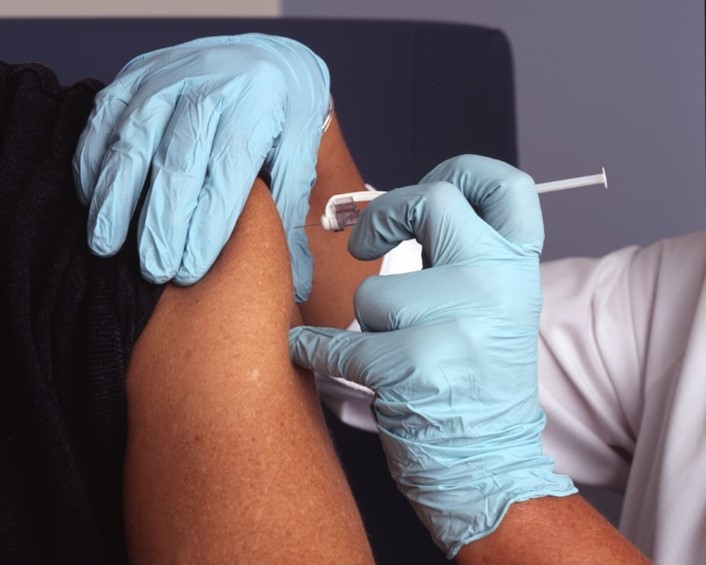
Dr Guinan then turned her attention to sexually transmitted diseases, such as herpes and a mysterious disease affecting gay men. She interviewed those with Kaposi’s sarcoma (a cancer diagnosed in the early stages of the disease) and collected samples.
In 1984, the virus was finally identified as HIV thanks, in part, to the work of Dr Guinan. Since then, she has contributed to research and policy regarding childhood leukaemia and fluoridated water. She recently turned her attention to promoting intrauterine device (IUD) and implant use in order to reduce the prevalence of opioid-addicted babies in America.
As a female epidemiologist in the early 1970s, Dr Guinan stated that she never had a mentor, but her determination to contribute to the field has established her as a major role model for aspiring female epidemiologists. Her seminal work will forever inspire young women in STEM.
See also:
Renowned epidemiologist Mary Guinan shares stories from 40 years on the front lines of public health
Flossie Wong-Staal – by Georgia Cohoon, 1st year BSc Food and Human Nutrition
International Women’s Day – the day when we appreciate how amazing we are. Women of all types too – cisgender, transgender and everything in between. We should be so proud of who we are and the things we achieve every single day. What better way to celebrate than by looking at one of the coolest women in the world?
One particularly inspirational woman I have had the pleasure of reading about is Flossie Wong-Staal. Dr Wong-Staal and her family fled from China to Hong Kong during the Communist Revolution. There she excelled in science, then proceeded to move to America to study Bacteriology at the University of California. She then obtained a PhD in molecular biology, and stayed to continue her research.
Now, as if these achievements aren’t incredible already, Dr Wong-Staal became the first scientist to clone HIV. This led to development of blood tests for HIV, and thus the eventual development of HIV treatment which is still used today.
The HIV epidemic resulted in people all over the world dying from unknown causes, alongside shame and a blanket of discrimination over the gay community. The significance of Dr Wong-Staal’s achievements is indescribable.
HIV is no longer a death sentence. It is so incredible to write that statement. HIV is no longer a death sentence.
I could not make this statement if it was not for the work of Dr Wong-Staal, and for this, I and others will forever be grateful for her determination.
Dr Wong-Staal, you are just one of the reasons we celebrate International Women’s Day. I am so proud to be part of a community that fights back when the odds are against us.
Happy International Women’s Day everyone.
Flossie Wong-Staal – by Nidhi Bhat, 1st year BSc Biomedical Sciences
Flossie Wong-Staal was a female, Chinese-American virologist who became the 1st scientist to aid in the molecular cloning of human immunodeficiency virus (HIV), which determined the function of its genes. Her research highlighted the mechanisms used by HIV to evade the immune system’s defences and, importantly, in 1983 revealed the causative link between HIV and acquired immune deficiency syndrome (AIDS).
Flossie Wong-Staal also worked on the human T-cell leukaemia virus (HTLV) that revealed the existence of interleukins, a group of proteins which regulate communication between various cells.
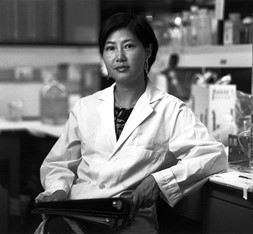
This discovery led to progressive therapies and in 1984, she established that AIDS was caused by a retrovirus. In 1985, she genetically mapped the whole virus, then, in 1990, she carried out extensive gene therapy research into successfully repressing HIV using stem cells.
The inspiring scientific advances made by Flossie Wong-Staal helped develop specific tests for HIV, as well as the ability to screen donated blood used daily by hospitals across the world. These tests enabled accelerated testing and diagnosis for millions of patients.
Her work initiated future investigations into HIV treatments. This massively helped to reduce the societal stigma surrounding HIV and, with the potential for future testing and preventative treatments, gave hope to patients that their quality of life would be greatly improved.
Gertrude Elion – by Katie Riches, 2nd year BSc Pharmacology
As a female Pharmacology student, my inspirations have always been centred around Trudy. This woman is such an inspiration and someone I hope to live up to one day.
Trudy’s main life mission was to alleviate human suffering, and through the drugs she has created it is fair to say she has achieved this and continues to save people’s lives 22 years after she passed away.
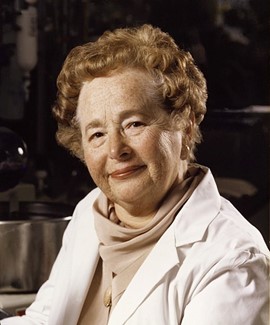
Living in a world of sexist bias, Trudy took jobs as a secretary, chemistry teacher and an unpaid position in a lab until WW2 where she got her big break.
As WW2 diminished the number of male chemists, Trudy found the job of her dreams: assisting George Hitchings at Burroughs Wellcome, which would ultimately become GlaxoSmithKline (GSK).
In my day I was told women didn’t go into chemistry. I saw no reason why we couldn’t
Gertrude Elion
Trudy introduced the world to the first drug which could help put leukaemia patients in remission. She then went on to discover a drug that would eventually help patients receive organ transplants without their body rejecting them.
She then went on to develop drugs to treat malaria, meningitis, septicaemia, and bacterial infections.
Although scientists doubted that drugs could fight viruses, Trudy persisted with this idea and from this came a drug which could attack herpes, Epstein-Barr virus, chickenpox, and shingles. With this development, the door was opened for the first AIDS drug: azidothymidine.
To this day Trudy’s name appears on 45 patents for life-saving drugs, and in 1988 she shared the Nobel Prize in Physiology or Medicine with George Hitchings for their work in drug development.
What we were aiming at was getting people well, and the satisfaction of that is much greater than any prize you can get
Gertrude Elion
Lucille V Abad – by Flavia Haryanto, 3rd year Food and Human Nutrition
There may be media famous female scientists such as Marie Curie or Rosalind Franklin, but there are countless female scientists that do not receive enough appreciation or attention who are nonetheless impressive in their work.
One woman in STEM that I admire is Filipino scientist Dr Lucille V. Abad. Her research encompasses a plant-based sugar that comes from red edible seaweeds, which is modified then sprayed onto crops such as rice. After trials, Dr Abad and colleagues found that the rice crops treated with the modified sugar had higher yield and were healthier even during a typhoon when compared to untreated plants.

Her work led her to win the Julian A. Banzon Medal as a 2017 Outstanding Research and Development awardee. Not only was this difficult to get as she came from an underrepresented group in the STEM field, but in addition she was a female.
I admire her work as this finding of hers can offer life-saving solutions for countries hit by massive disasters. This also can help with sustainability in terms of sustainable diets where rare wild plant species do not grow very well and have low yield.
This discovery or invention can be a one of the global solutions to help the UN achieve their Sustainable Development Goals. This impressive scientist used her knowledge to come up with a solution for a better world, which is something I look up to.
